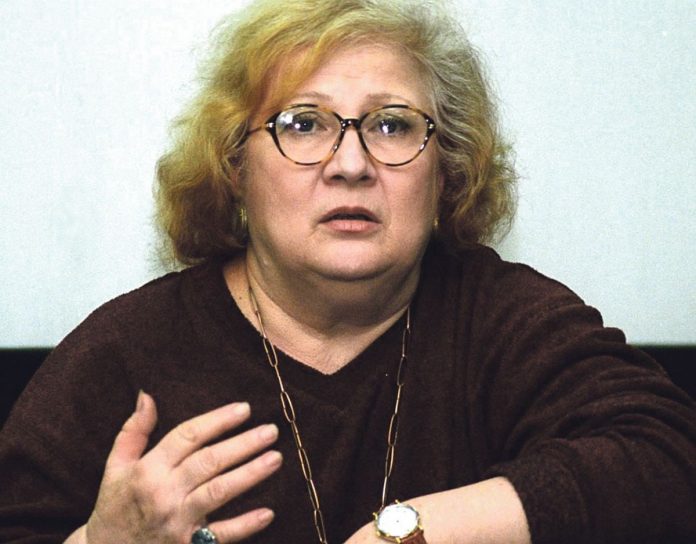The building that currently houses the Odeon Theater in Bucharest was built between 1906 and 1911 on the site where there were „some princely houses, some courtyards with out-of-the-way houses”, a space where ruler Sutu, after his Royal Palace has burned down, had moved with rent, write Agerpres.
The actress Dorina Lazar, the Odeon manager, and the actor Gabriel Pintilei were the hosts of AGERPRES and told the story of the theater. „This absolutely wonderful building that you see was built in 1911 according to the projects of the architect Grigore Cerchez, who, if I’m not mistaken, also designed the CEC building and many other absolutely outstanding buildings. It was inaugurated on December 24 with a show at who participated, in lodge 10 – which has since remained the official lodge – Prince Ferdinand and Princess Maria, those who would become the King and Queen of Romania. Over time, a lot of troupes passed through here and it became, one by one, the theater that hosted various private companies. Among others, Dina Cocea’s theater functioned at the Sala Studio downstairs. Dina Cocea started in 1948 with the troupe there, when nationalization took place and the theater was closed,” begins her story Dorina Lazar.
„The Royal Palace of Ruling Prince Sutu had burned down and he moved into these houses with rent. Around 1812 he lived here, in these houses, and at one point he was poisoned by his own doctor. So that his son could continue, enter rule in his father’s place, approval from the Turks was needed. And in this situation it was not necessary to be found out that the ruler had died, because it was difficult to reach the Turks and return with a sledge with sails. The journey, during the winter, was made with a sleigh with sails pulled by horses. During this time, so that the citizens of Bucharest would not learn that the ruler was dead, they would take him out to the window on the balcony, on the first floor, for an hour, so that the people could see that he was alive,” Gabriel Pintilei recounts.
But, Pintilei continued the story, the people of Bucharest realized after a few days that the ruler was dead, because „there was no smoke coming out of the chimneys of the houses”. „Of course they didn’t make a fire for easy to understand reasons and they immediately realized that something was not right. It was found out the whole thing and it was no longer possible to wait for the son’s return to the country. So they buried him with pomp and someone else came. This was happening precisely in these places where the Odeon Theater is now,” says the actor.
The construction of the building that houses the Odeon Theater began in 1906 and lasted five years, resulting in „an architectural gem from a technical point of view”.
„It had hot water, cold water, a tap, it had sewage, it had electricity and the basic part, of course, the sliding ceiling. It had something else – and it is still functional – the heating was done through steps, some small grills through which the heat came out on the feet, for the ladies to warm up when they come to the theater and the gentlemen, of course. In the hall, there are radiators mounted behind the stucco around the hall and the heat comes from the body level,” Pintilei specified.
Another „jewel” of the Odeon Theatre, unique in Central and Eastern Europe, is the sliding ceiling of the Sala Majestic, with a German engine, „which has been working quite well since 1911, with minor repairs, but here it is still working today. (…) We’ve even had the ceiling open in a show, in Fries, With Anything, in which, at the end, the planes passed, there was the sound of planes above and the ceiling opened. The people in the hall didn’t know where the cold was coming from, because it was winter, and in fact they realized with amazement that the ceiling was opening, the stars were visible. It was already the end of the show, around 9:30 p.m., and they were left with their mouths wide open. It was a very, very beautiful moment. I don’t know if there is a sliding ceiling in Central and Eastern Europe, but I know for sure that there are a few in Europe,” says Pintilei proudly, noting that the sliding ceiling, „if it runs long enough”, can be seen by passers-by on Calea Victoriei.
Since the inauguration, there have been two halls – the Great Hall and the Lower Hall for „variety, cabaret”, a space that did not have seats in the familiar sense of theater halls, but was, rather, in the sense of a restaurant, „as there are some private companies today, in bars and theater is played”.
The Odeon Theater was originally called the CFR Giulesti Workers’ Theater and was founded in 1946 in the Grant Bridge – Giulesti Hall.




